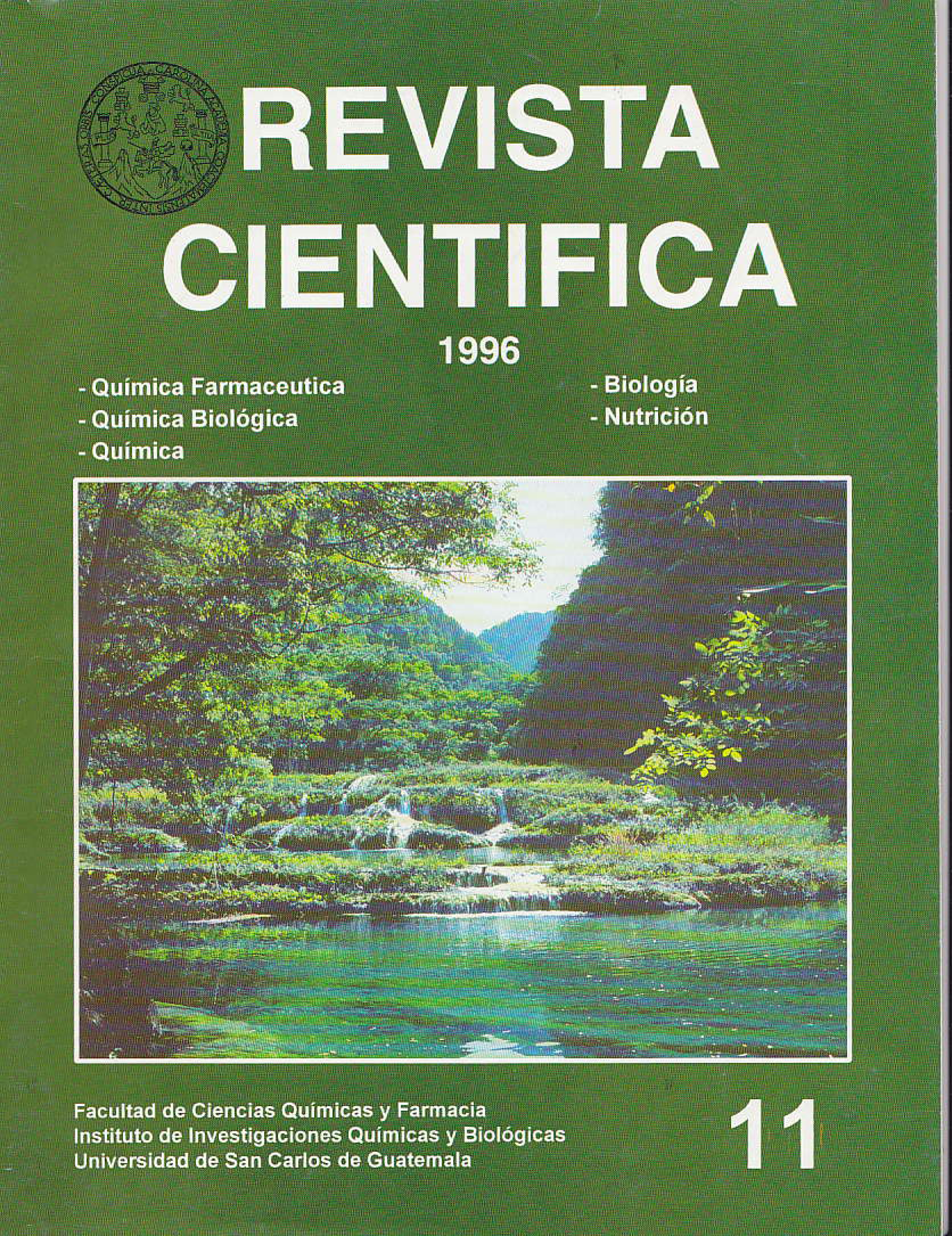El Tigre Biotope USAC protected wildlife area
DOI:
https://doi.org/10.54495/Rev.Cientifica.v11i1.363Keywords:
El Tigre Biotope, protected wildlife area, USACAbstract
When we talk about the protected wild areas of our beloved University, which is administered through the Faculty of Chemical Sciences and Pharmacy, we experience a feeling of deep pride because it identifies us with the most sublime objectives of our school and the commitment we have with the Guatemalan population, from the perspective of improving and protecting the environment of our planet, the only one we have. The Biotope sub-system is currently made up of seven protected wild areas, the best known of which is the Quetzal Biotope. On this occasion we are interested in reporting something of what the students of the School of Biology, through the Program of Teaching Experiences with the Community -EDC- are doing to contribute to the Tigre Biotope, located in the Department of Peten, 250 km from the Department of Flores, as the core zone of the Maya Biosphere Reserve (see graph). This Biotope, in addition to having very relevant flora and fauna, among other things, has a characteristic that made it qualify to be registered worldwide as a "Ramsar site", which is a convention to which Guatemala is a signatory. The full name, in Spanish, of this agreement is "Convention on wetlands of international importance, especially as a habitat for waterfowl."Downloads
References
-
Downloads
Published
How to Cite
Issue
Section
License
Copyright (c) 1996 Billy Alquijay

This work is licensed under a Creative Commons Attribution 4.0 International License.
Authors who publish with this journal agree to the following terms:
- Authors retain copyright and grant the journal right of first publication with the work simultaneously licensed under a Creative Commons Attribution License 4.0 that allows others to share the work with an acknowledgement of the work's authorship and initial publication in this journal.
- Authors are able to enter into separate, additional contractual arrangements for the non-exclusive distribution of the journal's published version of the work (e.g., post it to an institutional repository or publish it in a book), with an acknowledgement of its initial publication in this journal.
- Authors are permitted and encouraged to post their work online (e.g., in institutional repositories or on their website) prior to and during the submission process, as it can lead to productive exchanges, as well as earlier and greater citation of published work.









